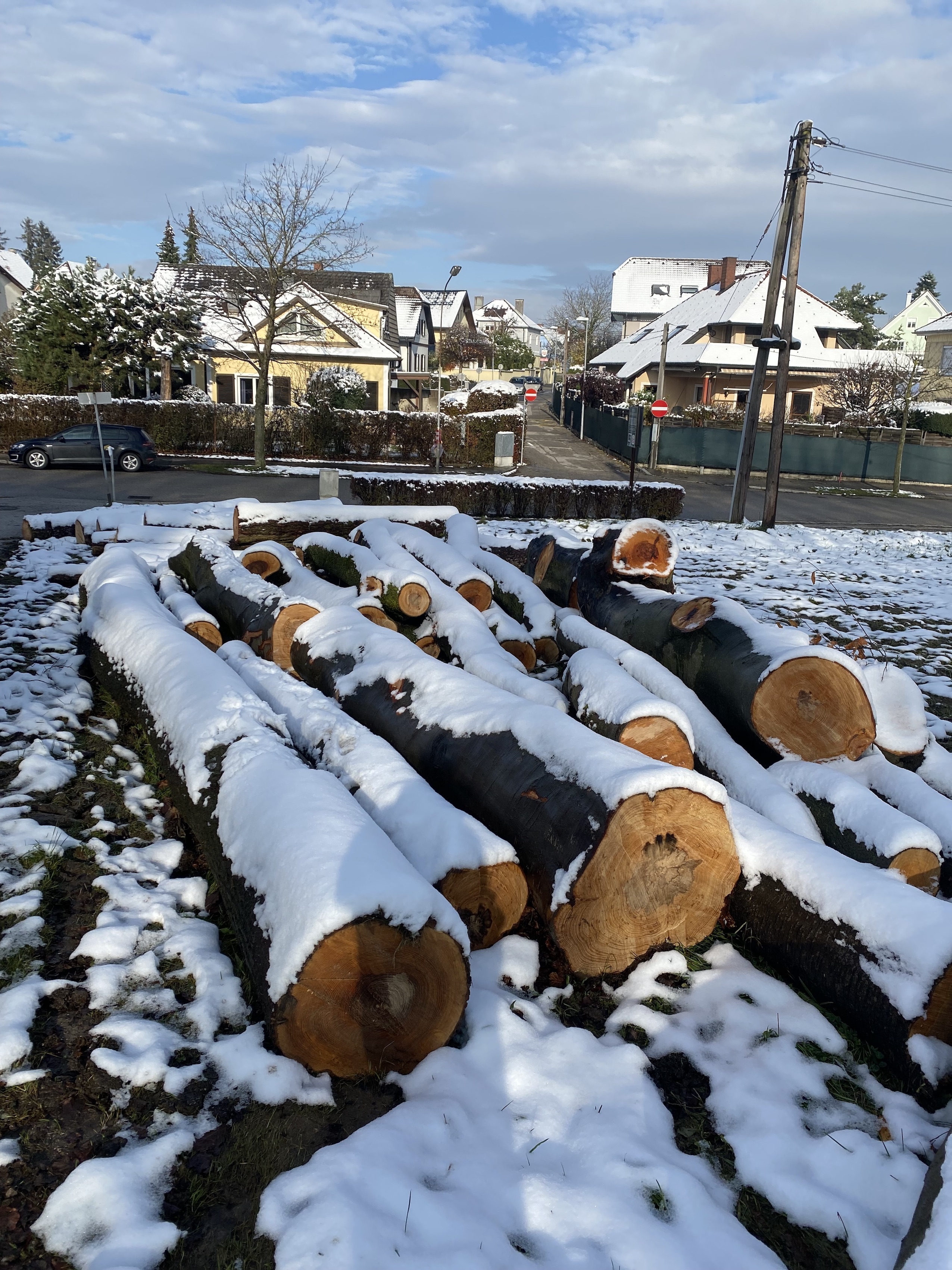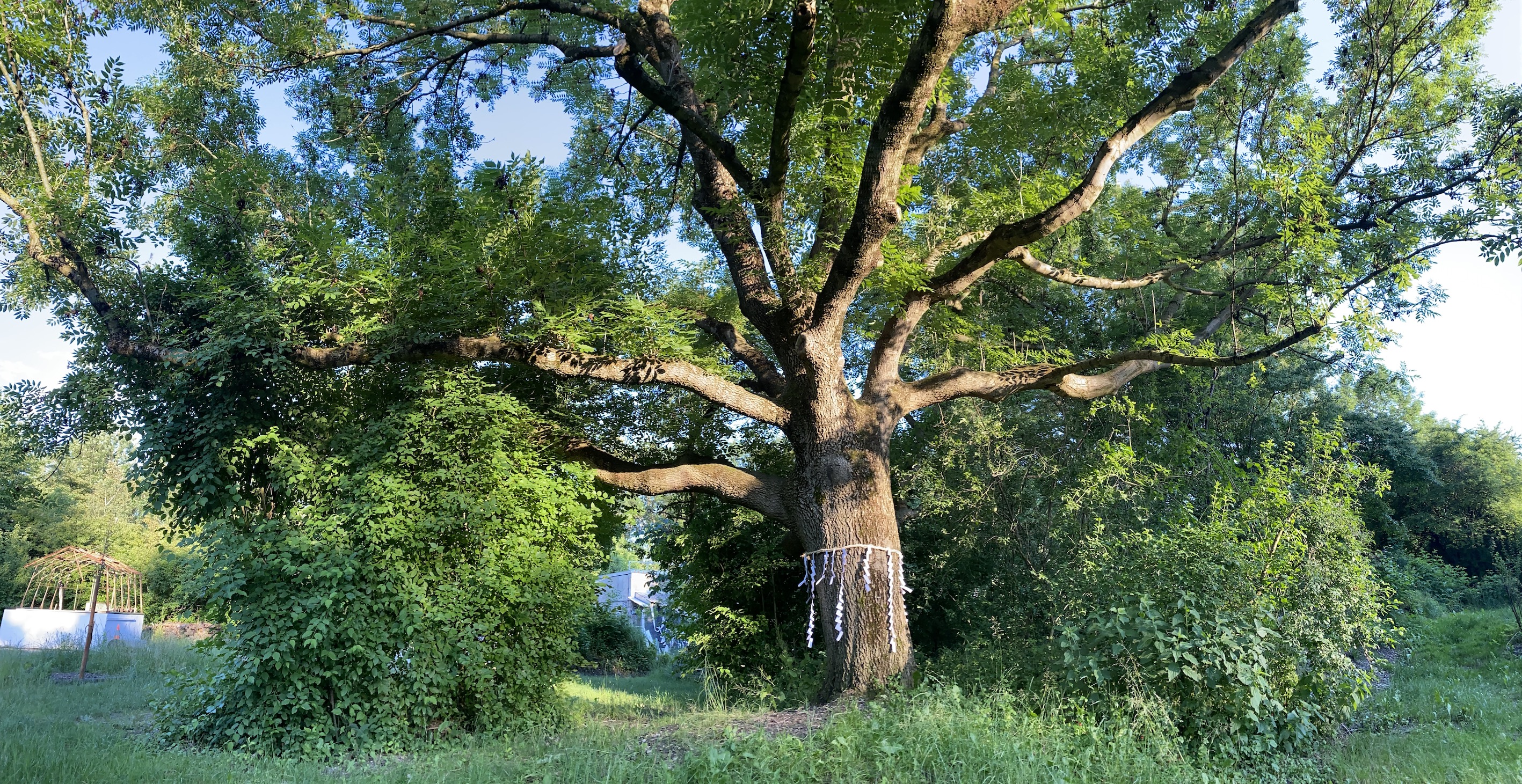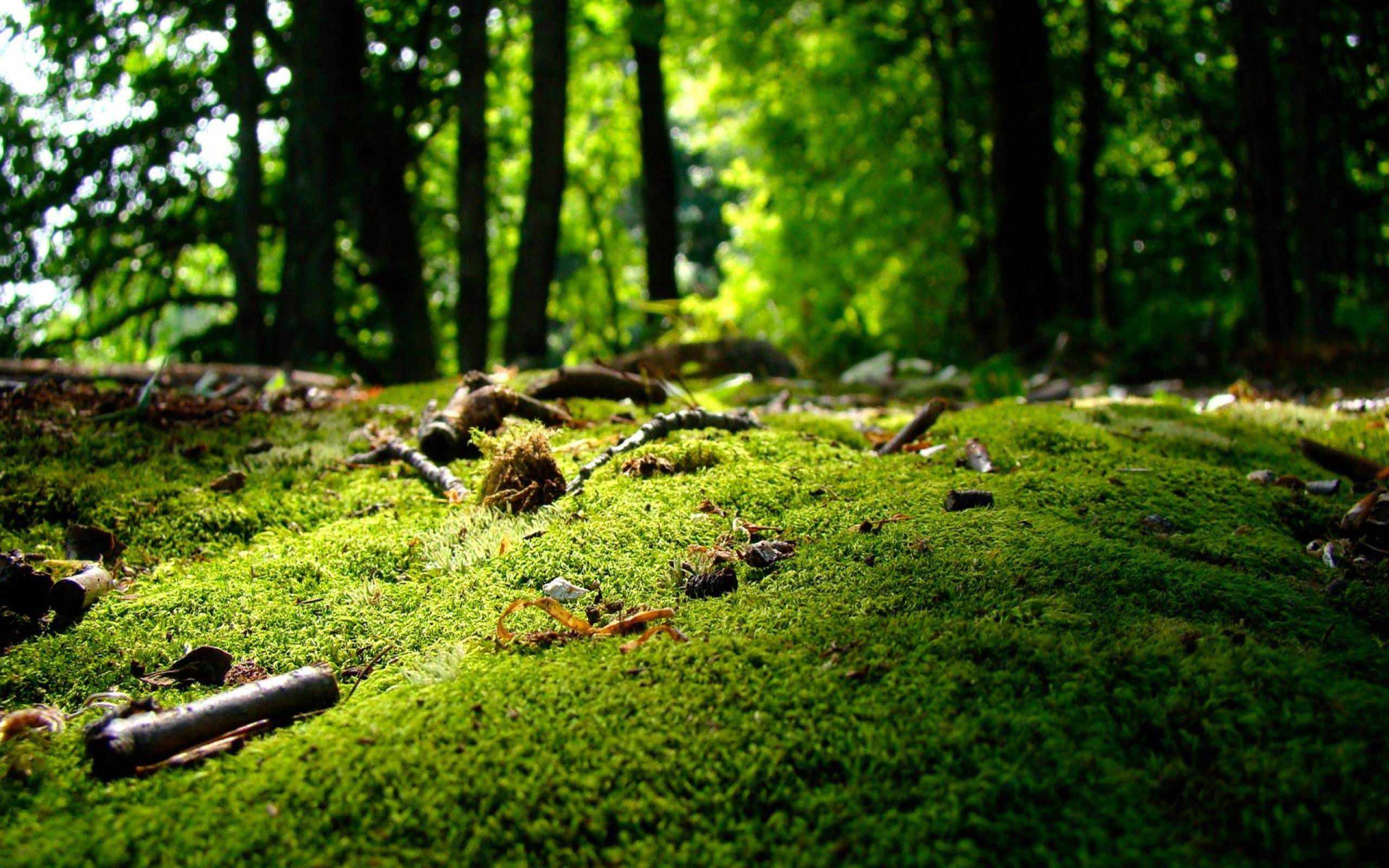Author:
Green Steps
Short summary:
The ”Stiegl” beech tree in the north of the Kaiserwald has been found felled on November 19. The area around this 158-year-old tree has been devastated by heavy machinery. Isn't commercial forestry in urban areas obsolete?


St. Pölten, November 19, 2022. With great regret and true saddness, I found the Stiegl beech felled this morning while going to the Eisberg area with my children. We only added this tree to our database on October 4. With a trunk circumference of 295 cm at breast height, it was about 158 years old and was therefore one of the few trees in Kaiserwald that still exist from the time when the park was founded in 1888. Thus, another Big Friendly Giant is history, making the need for a mandatory tree protection directive and the designation of trees in need of special protection more urgent than ever.

On October 26, the Austrian National Day 2022, Green Steps together with the Green Party of St. Pölten organized a Big Friendly Giants hike through the Kaiserwald Eisberg. As part of this hike, we named the tree “Stiegl Buche” because it stands sentinel at one of the northern entrances to the Kaiserwald. It also marks the way out of the Kaiserwald to the north into a single-family housing development that has been home to a restaurant called Stiegl Insel for a long time. Its namesake residents can be seen in the picture below.

The need for a municipal tree protection directive is being discussed according to the city council delegate Walter Heimerl, but its implementation is being delayed. However, even if a tree protection directive is passed, the frame conditions do not change: large parts of the population cannot understand the value of old trees. Therefore, even in the case of passing a municipal tree protection, it is necessary to achieve a general change in the perception of trees as ecosystem service providers which are essential for our survival. How to do that?

Marking and decorating trees as is done in Japanese Shintoism is a method which merges environmental education, environmental protection, and appealing nature art. It is required that society at large considers unorthodox measures to save nature and thus the future of our children, and implements them at lightning speed.

With our app, we enable a solution with broad participation. City dwellers, young and old, can map trees and describe them in terms of biological and cultural characteristics. These trees can in turn be grouped into routes and experienced in social hikes. Problems that occur with individual specimens can be discussed and, above all, a continuous but indirect learning about nature takes place.
Further readings:
https://www.greensteps.me/library/book-review-the-secret-life-of-trees-by-peter-wohlleben.php
https://www.greensteps.me/library/how-to-add-a-rip-tag-on-a-tree-specimen.php
https://www.greensteps.me/membership.php
https://www.greensteps.me/library/monumental-lime-tree-felled-in-ochsemburg-rip.php
https://ark.greensteps.me/about/





